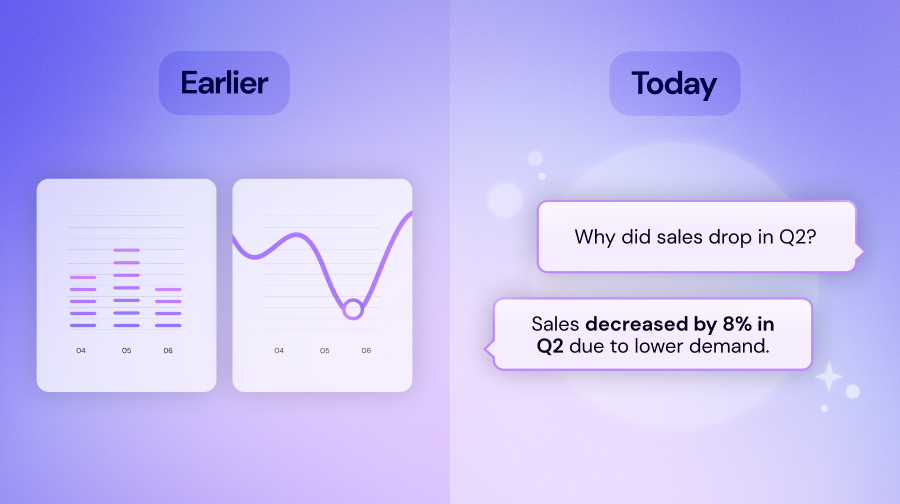Generative AI is revolutionizing industries by enabling machines to create content, make decisions, and solve problems with minimal human intervention. To understand how this powerful technology is structured and operates, it's essential to understand the different layers of the Generative AI stack. The stack comprises multiple layers that work together to deliver AI capabilities to end-users. Let's explore each layer bottom-up, from the foundational hardware to the user-facing applications, and understand their roles and interconnections.

1. Computer Hardware
At the base of the Generative AI stack is the computing power. This includes CPUs, GPUs, and specialized AI chips designed to handle the large computational demands of AI algorithms. High-performance hardware is crucial for training and deploying AI models, as it provides the necessary processing power to handle large datasets and the underlying complex calculations.
2. Cloud Providers
Building on top of the hardware layer are cloud providers like AWS, Google Cloud, and Microsoft Azure. These platforms offer scalable infrastructure and services that make it easier to manage and deploy AI applications. Cloud providers also offer AI-specific services, such as pre-trained models and machine learning tools, that simplify the development process and enhance performance.
3. AI Models: Open-Source and Closed-Source
The next layer consists of AI models, which can be either open-source or closed-source.
- Open-Source Models: These are publicly available and can be used, modified, and distributed by anyone. Open-source models foster innovation and collaboration, as they allow researchers and developers to build on each other’s work. Examples include Meta's Llama or a variety of different micro-models available through platforms like HuggingFace.
- Closed-Source Models: These models are proprietary and typically owned by companies that restrict access to protect their intellectual property. They often come with commercial support and guarantees of performance and reliability, making them suitable for enterprise use.
4. Applications
The application layer is where actual use-cases are implemented and support using AI-powered generation, retrieval and synthesis. Currently, we see three different types of applications:
- AI-powered Applications: The main layer where specialized software vendors create business or end-user apps by leveraging the existing Generative AI stack. Typically, this includes existing business apps that integrate Generative AI into their software (e.g. Zendesk leveraging AI in customer service) or new vendors who develop entirely new use-cases such as Zive, which automates knowledge management in companies.
- Orchestration: Orchestration platforms such as Google Vertex AI Studio allow users to put together lightweight applications and processes using no-code or low-code tools. This is especially useful when users wish to want to test the benefits of generative AI for certain use-cases or when departments want to develop small apps to support their day-to-day work.
- Vertical Applications: These are specialized AI applications tailored to specific industries or functions. They require custom trained or fine-tuned models to implement highly specialized use-cases. Examples include healthcare or new material discovery.
5. Customers & Users
At the top of the stack are the customers and users who interact with the AI applications. This layer focuses on delivering intuitive and user-friendly experiences that make it easy for non-technical users to leverage AI capabilities. Effective user interfaces, such as dashboards, mobile apps, and chatbots, play a critical role in ensuring that AI solutions are accessible and beneficial.
Conclusion
Understanding the Generative AI stack is crucial for anyone looking to harness the power of AI. Each layer, from the foundational hardware to the user-facing applications, plays a vital role in the development and deployment of AI solutions. By leveraging the strengths of both open-source and closed-source models, orchestrating their use efficiently, and applying them to specific verticals, businesses can create powerful AI applications that drive innovation and efficiency.
However, business leaders and IT decision makers need to have a clear understanding of the different options in the application layer and clearly define when each should be used as part of their internal AI strategy.












.jpg)


